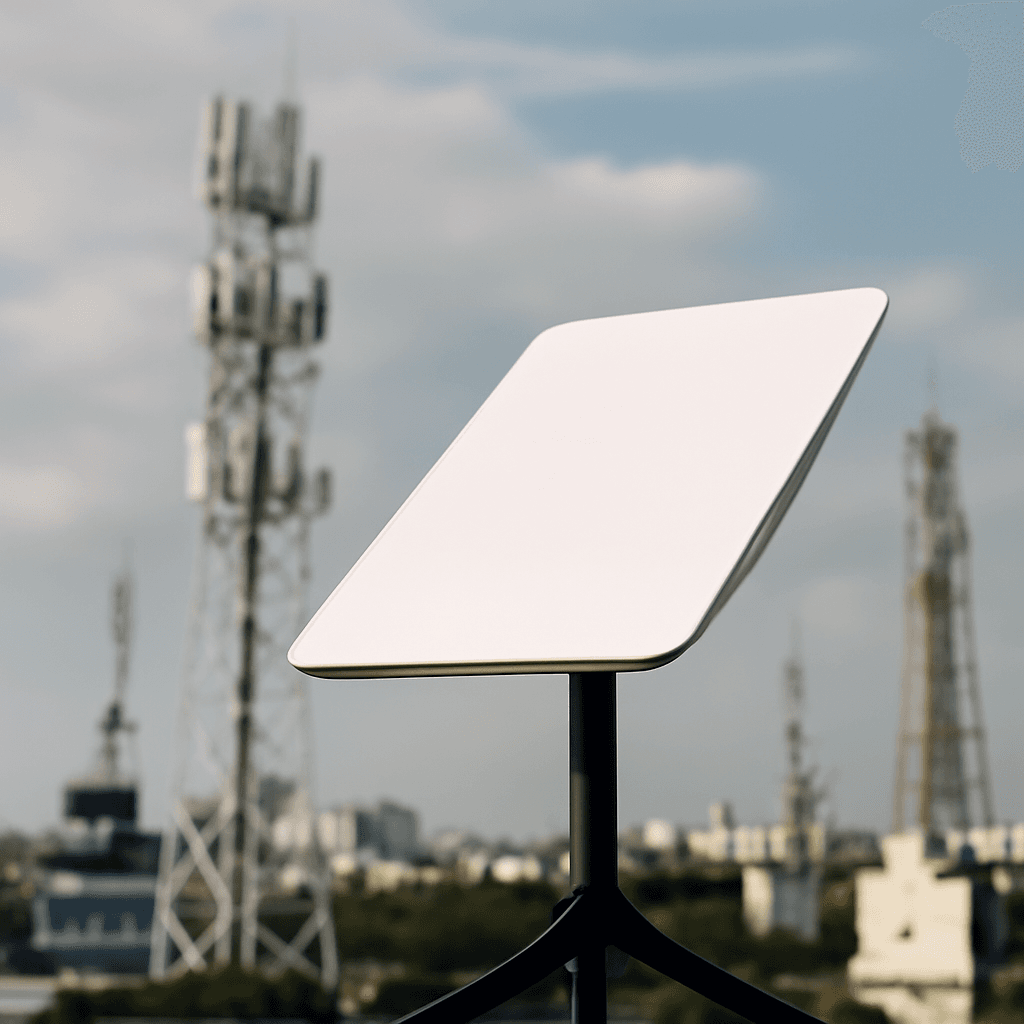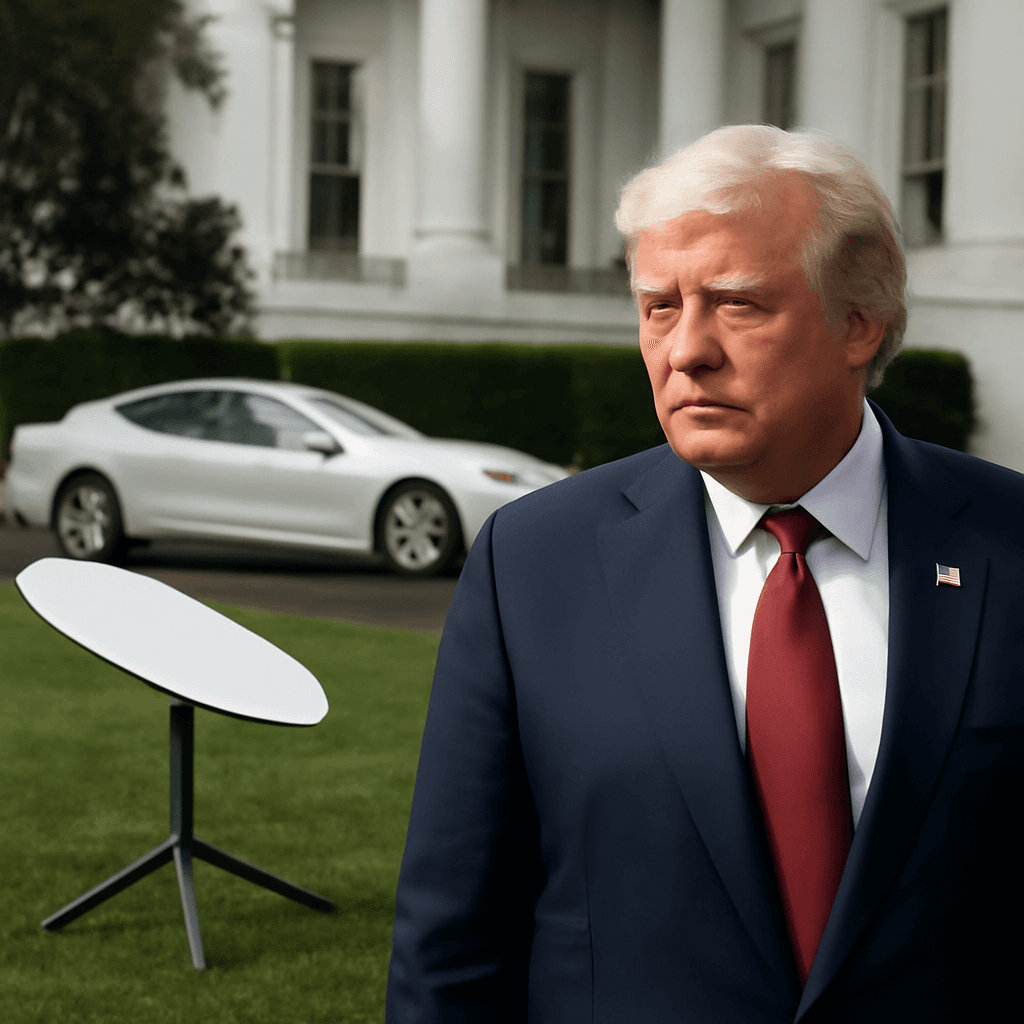India Grants Starlink Green Light to Transform Satellite Internet Landscape
In a landmark decision reflecting India’s push towards advanced digital infrastructure, the Indian National Space Promotion and Authorisation Centre (IN-SPACe) has formally authorized Starlink Satellite Communications Private Limited (SSCPL), Elon Musk’s space-based internet venture, to provide satellite internet services across the country.
Unlocking Connectivity Through Low Earth Orbit Satellites
Starlink will leverage its Gen1 constellation of 4,408 low Earth orbit (LEO) satellites, flying between 540 to 570 kilometers above the Earth, to deliver high-speed broadband. The network promises a cumulative data capacity of roughly 600 Gbps over Indian airspace, enabling fast, reliable internet—especially for rural and hard-to-reach communities where traditional fiber or mobile connectivity falters.
The authorization stands for five years or until the Gen1 constellation’s operational lifetime ends. However, before commencing commercial services, Starlink must secure all other mandatory governmental clearances and licenses.
The Digital India Vision Meets Cutting-Edge Aerospace Technology
This approval marks a significant stride by the Indian government toward opening its space sector to private players, reinforcing the Digital India mission aimed at bridging the stark digital divide between urban centers and remote regions. Industry analysts highlight Starlink’s potential to revolutionize internet availability for millions of households, businesses, educational institutions, and public services.
Satellite broadband can dramatically enhance access to e-learning, telemedicine, digital commerce, and emergency response, thereby fostering inclusive growth and technological empowerment across the socio-economic spectrum.
Rigorous Oversight to Safeguard Security and Policy Compliance
IN-SPACe has emphasized that Starlink’s Indian operations will be closely monitored to ensure full compliance with national security frameworks and regulatory norms, reflecting the delicate balance between fostering innovation and safeguarding sovereignty in the digital era.
The decision also places India among a growing global cadre of countries adopting LEO satellite technology to address connectivity challenges—following footsteps taken by the United States, European nations, and regional neighbors like Sri Lanka, where Starlink services have recently begun.
Expert Insights: A Paradigm Shift or Incremental Gain?
- Industry experts applaud Starlink's entry as a technology leap, potentially transforming the country’s digital landscape by creating new opportunities in education, e-governance, trade, and innovation hubs.
- However, some analysts urge caution regarding infrastructure costs, spectrum allocation, and integration with existing internet ecosystems.
- Meanwhile, policy watchers highlight the need for continuous oversight to mitigate concerns surrounding data privacy, satellite debris, and equitable access.
Looking Ahead: Starlink’s Promise and Challenges in India
As Starlink prepares for a possible rollout, the next months will be critical in securing stakeholder support, regulatory clearances, and aligning with India’s ambitious broadband goals. If successfully implemented, the program could usher in a new chapter for India's digital revolution, touching millions of lives by closing connectivity gaps with orbital technology.
Editor’s Note
Starlink’s official clearance in India signals an exciting fusion of aerospace innovation and national digital priorities. While the technology holds great promise for enhancing connectivity, it also raises pivotal questions about regulatory oversight, competitive dynamics with traditional ISPs, and sustainable satellite infrastructure management. Observers should watch closely how India balances technological advancement with robust governance to make satellite internet an inclusive and secure reality.



















